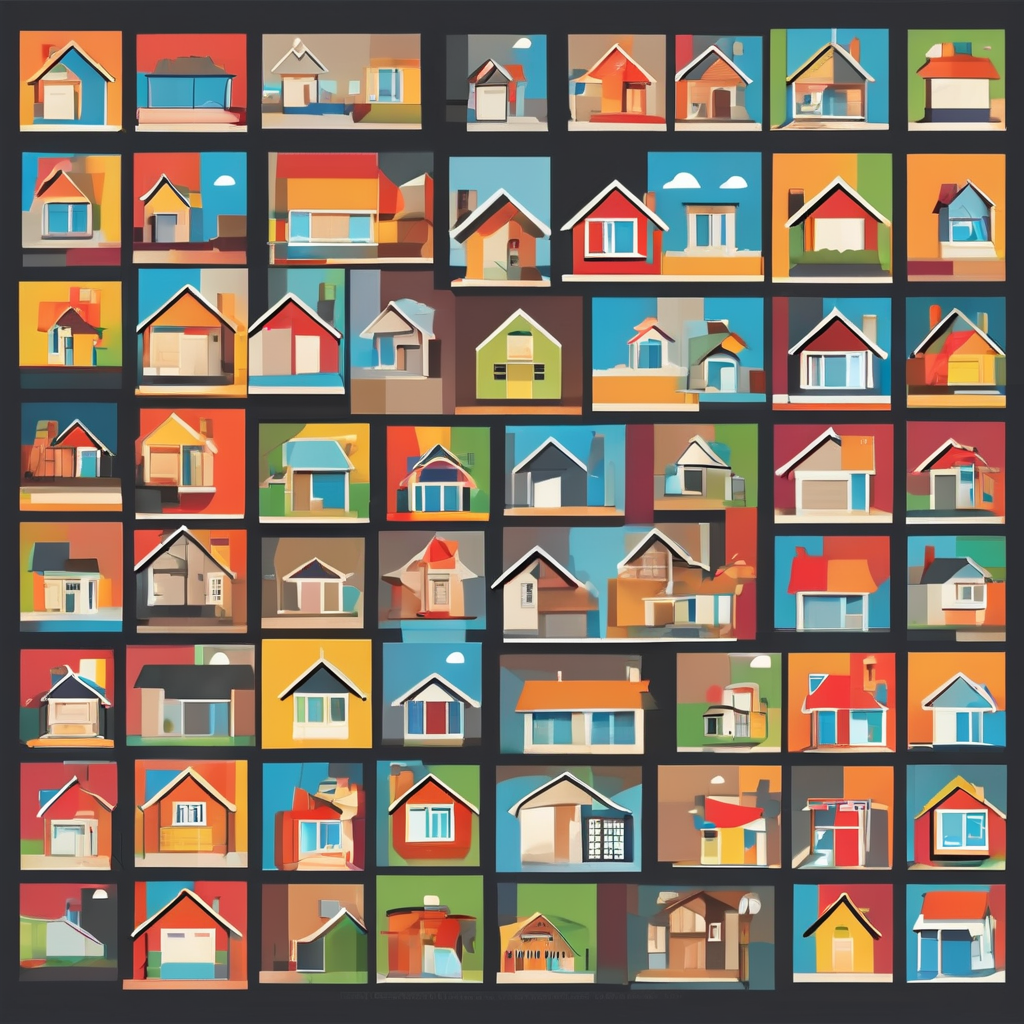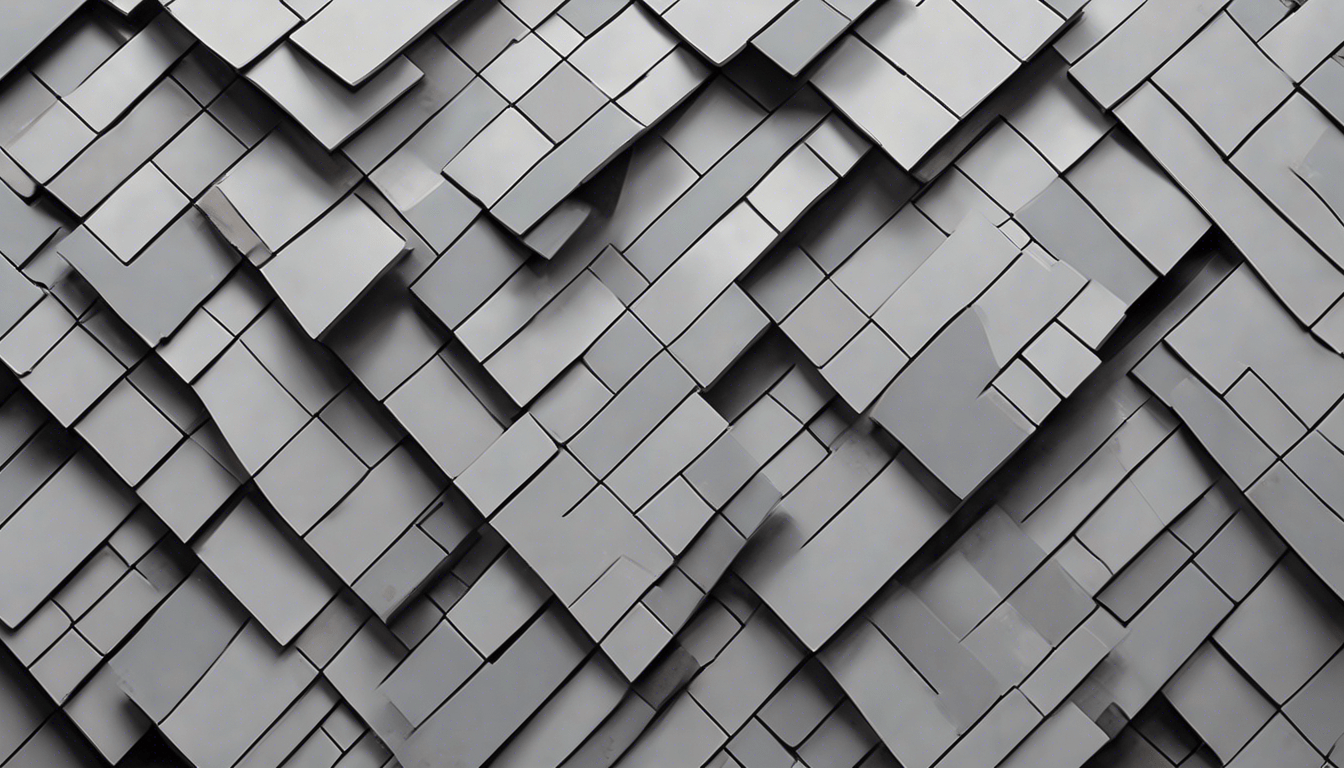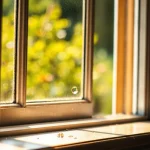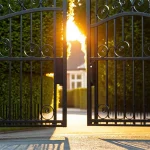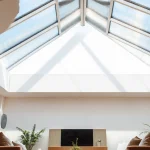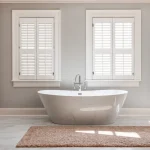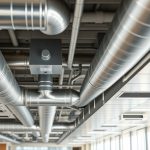Fibre cement board’s versatility transforms construction and renovation projects by offering durable, fire-resistant, and weatherproof solutions. Its adaptable nature makes it suitable for exteriors, roofing, interiors, flooring, and custom architectural features. Recognizing these diverse applications reveals how this material can streamline processes, reduce costs, and enhance aesthetic appeal—delivering long-term value across various building stages.
Exterior Cladding Solutions
Unlocking durable and aesthetic building exteriors
Have you seen this : Expert bathroom fitters in orpington for your perfect remodel
Fibre cement board has become a popular choice for exterior cladding, thanks to its exceptional durability and versatility. One of the primary benefits of using fibre cement board for building exteriors is its resistance to harsh weather conditions, fire, and pests. Unlike wood or vinyl, fibre cement boards do not rot or warp, ensuring long-lasting protection for your building’s exterior. Additionally, their low maintenance requirements make them a cost-effective solution over time.
When compared to other cladding materials, fibre cement board stands out for its balance of strength and aesthetic flexibility. For example, brick cladding provides durability but is costly and labor-intensive to install, whereas vinyl siding is cheaper but less resilient. Fibre cement boards offer a middle ground, combining strength with a range of finishes that can mimic wood, stone, or stucco. This comparative advantage makes fibre cement board a preferred material for many designers and builders.
In the same genre : Top durable and breathable exterior coatings with silicone render
Installation techniques for fibre cement board require specific tools and expertise but yield clean, professional results. The boards are typically fixed onto a moisture-resistant substrate with corrosion-resistant fasteners, ensuring structural integrity. Surface finishing options vary from smooth painted surfaces to textured coatings, enabling customization to suit architectural styles. Using appropriate sealants and paints can further enhance weatherproofing while maintaining aesthetic appeal.
For those seeking a versatile and robust solution, exploring the multi fibre cement board option can provide additional benefits. This type of product offers enhanced performance characteristics suitable for diverse climates and design needs.
Roofing and Weather-Resistant Applications
Exploring the strengths of fibre cement boards in roofing
Multi-Use Roofing Panels
Fibre cement boards are increasingly popular for roofing due to their exceptional durability and weather resistance. These boards are designed to withstand harsh environmental conditions including heavy rain, high winds, and UV exposure without warping or deteriorating. Their resilience makes them ideal for areas prone to extreme weather, ensuring long-lasting roofing solutions.
In terms of maintenance, fibre cement boards require minimal upkeep compared to traditional roofing materials like wood or metal. Their resistance to rot, insects, and fire significantly reduces the need for frequent repairs or replacements. Moreover, their robust structure contributes to a stable roofing system that protects buildings efficiently.
Integration with Insulation Systems
When combined with modern insulation systems, fibre cement roofing panels can significantly enhance thermal performance. Their ability to act as a protective shell helps maintain consistent indoor temperatures, reducing energy consumption for heating and cooling. This synergy between fibre cement boards and insulation can lead to improved energy efficiency for residential and commercial buildings.
Compatibility with other roofing components is also a key advantage. Fibre cement boards can be easily integrated with waterproof membranes, flashing, and ventilation systems, creating a comprehensive weather-resistant roof assembly. This integration supports a balanced approach to preventing moisture ingress and ensuring proper airflow, protecting the building structure over time.
For projects requiring versatile and durable materials, exploring the use of multi fibre cement board can provide additional benefits in both roofing and weather protection applications.
Interior Wall and Partition Applications
Understanding the versatility of fibre cement boards
Fibre cement boards are increasingly favored for interior partitions due to their exceptional durability and fire-resistant properties. These boards provide a robust solution for creating interior walls that not only withstand wear and tear but also comply with stringent fire safety standards. Their high resistance to heat makes them an ideal choice in both residential and commercial settings where safety is paramount.
Beyond strength and safety, fibre cement boards offer significant design flexibility. They can be customized with various finishes—such as paint, laminates, or textured coatings—to fit a wide range of aesthetic preferences. This adaptability supports creative interior designs without compromising on performance. Whether you seek a smooth modern look or a rustic finish, fibre cement boards can be tailored to enhance the visual appeal of interior spaces.
Acoustic and Thermal Insulation Benefits
When addressing soundproofing, fibre cement boards play a pivotal role in enhancing acoustic insulation. Their dense composition helps to significantly reduce noise transmission between rooms, making them suitable for office partitions, studios, and multi-family residences. This noise reduction contributes to a quieter, more comfortable environment.
Thermally, these boards improve indoor climate control by providing effective insulation against temperature fluctuations. Their capacity to moderate heat transfer helps maintain consistent indoor temperatures, reducing energy consumption linked to heating or cooling. This can be particularly valuable in buildings aiming for better energy efficiency.
The integration of multi fibre cement board technology elevates these qualities further, enabling simultaneous benefits of durability, sound management, and thermal regulation. For a detailed exploration of these advantages, consider reviewing insights on multi fibre cement board.
Flooring and Subflooring Uses
Fibre cement board stands out in flooring applications due to its exceptional strength and moisture resistance. These properties make it ideal in environments prone to humidity or potential water exposure, such as kitchens, bathrooms, and basements. The board’s robust composition helps it resist warping, swelling, or mold growth—common issues that can plague traditional wood underlayment or subflooring materials.
When considering suitable types of flooring, fibre cement boards provide a stable, level surface for ceramic tiles, vinyl planks, and engineered hardwood. Their ability to support heavy foot traffic without deteriorating ensures long-lasting performance. Moreover, fibre cement’s compatibility with various underlayment options allows for flexible design choices; it can be paired with moisture barriers or sound-dampening layers to enhance comfort and durability.
A growing favorite is the multi fibre cement board, which offers even greater versatility by combining multiple fibres to improve tensile strength and impact resistance. This innovation broadens the scope for flooring types and installation scenarios, addressing both residential and commercial needs with ease. For more detailed insights, consider exploring information on multi fibre cement board as it reveals the broad potential of this material in modern flooring solutions.
In summary, using fibre cement board for flooring and subflooring provides a dependable foundation that balances strength and moisture management, making it a smart choice for varied interior environments.
Specialized Application Areas and Custom Uses
Fibre cement board stands out not only for its durability but also for its versatility in specialized application areas. One of the popular custom applications includes its use in decorative elements and architectural features. Designers appreciate fibre cement board for crafting intricate facades, cladding, and interior wall panels that combine aesthetics with robust performance. This material’s adaptability allows it to be molded or cut into various shapes, supporting creative architectural expressions without compromising structural integrity.
Another significant custom use of fibre cement board lies in its integration into sustainable and eco-friendly building practices. Due to its composition, which typically includes cement, sand, and cellulose fibers, fibre cement board is prized for being a non-toxic, recyclable alternative to traditional materials. Builders increasingly choose it in projects aimed at reducing carbon footprint. Its fire-resistant and moisture-resistant properties further contribute to longevity and safety, aligning with eco-friendly construction principles.
Technical Specifications and Material Customization
The technical versatility of fibre cement board is key to its widespread appeal. Variations in fibre cement board composition allow professionals to select products tailored to specific needs. For example, the ratio of cellulose fibers to cement can be adjusted to balance flexibility and strength. This customization enables applications ranging from exterior cladding to interior partition walls.
Beyond composition, fibre cement board offers numerous options for color, texture, and size customization. Buyers can choose from smooth or textured finishes that mimic wood grain or stone, enhancing aesthetic compatibility with diverse design themes. Additionally, size variations ensure the material meets different structural requirements and design preferences. These customizable properties make fibre cement board a favored choice across residential, commercial, and industrial sectors.
For those seeking multi-functional building solutions, exploring multi fibre cement board options can unlock further potential in both performance and design versatility.
Benefits of Multi-Purpose Fibre Cement Board in Construction Projects
Unlocking the potential of versatile building materials
Multi-purpose fibre cement board stands out in construction for its durability and remarkable weather resistance. Designed to withstand harsh environmental factors, these boards do not warp, rot, or degrade easily when exposed to moisture or extreme temperatures. Added to this is their fireproof quality, providing increased safety in residential and commercial buildings—one of the key reasons builders prefer this material.
Another significant advantage of multi-purpose fibre cement board is its cost-effectiveness. Compared to traditional materials, it offers a lower total cost of ownership due to reduced maintenance and longer lifespan. Installation is straightforward, allowing contractors to complete projects faster, which translates to savings in labor costs and minimized downtime.
Versatility is a critical benefit. Whether used as external cladding, internal wall lining, or flooring underlay, the multi-purpose fibre cement board adapts to various construction and renovation needs. Its ability to perform consistently across different stages of building projects makes it a preferred choice for architects and builders alike. Those considering sustainable and resilient materials will find the multi fibre cement board a practical and efficient option. For more insight into its applications, exploring multi fibre cement board resources can provide in-depth understanding.
Practical Considerations and Installation Tips
Installing multi fibre cement board requires careful attention to several key factors to ensure durability and safety. First, the substrate must be properly prepared—clean, dry, and structurally sound—to provide a stable base. Proper spacing between boards is essential to accommodate expansion and contraction, preventing cracks or warping over time. When fastening, use corrosion-resistant screws or nails designed specifically for fibre cement to avoid long-term deterioration.
Maintenance plays a pivotal role in maximizing the lifespan of multi fibre cement boards. Regular cleaning with mild detergents can eliminate dirt and prevent mold or mildew growth, which could compromise the material’s integrity. Inspect joints and seams periodically for signs of wear or water infiltration. Timely resealing with a compatible sealant helps maintain a waterproof barrier, crucial in damp environments.
Handling the material safely is paramount. Due to the composition of multi fibre cement board, wearing protective gloves, masks, and eye protection during cutting or sanding is recommended to minimize exposure to dust particles. Always use appropriate tools and follow manufacturer guidelines to prevent damage and ensure installation efficiency.
For a comprehensive understanding of multi-purpose fibre cement board applications, consulting resources like multi fibre cement board offers valuable insights. Incorporating these practical considerations and installation tips will result in a long-lasting, reliable finish.
Understanding Multi Fibre Cement Board
Multi fibre cement board is a versatile construction material widely recognized for its durability and resistance to environmental factors. Composed of cement combined with multiple fibres, this board offers superior strength and flexibility compared to traditional single-fibre cement products. The integration of various fibres enhances key properties like impact resistance, water repellence, and fire retardancy.
One common question often asked is: What makes multi fibre cement board more effective than standard fibre cement boards? The answer lies in its multi-reinforced structure. The combination of different fibres provides a synergistic effect, distributing stresses more evenly and preventing cracks from propagating. This results in a more robust material suitable for exterior cladding, roofing, and internal partitioning.
In practical terms, multi fibre cement board outperforms in several areas:
- Improved weather resistance ensures longevity in harsh climates.
- Better dimensional stability reduces warping under temperature changes.
- Enhanced fire resistance contributes to safer building designs.
For those considering structural upgrades or renovations, understanding the benefits of multi fibre cement board can significantly influence project outcomes. Its adaptability allows for use in various settings, including residential, commercial, and industrial construction.
Additional details about installation and maintenance highlight its cost-effectiveness, as the board requires minimal upkeep while retaining its performance over time. Moreover, its compatibility with various finishes and paints allows for aesthetic customization without compromising strength.
For an in-depth look at this product, exploring resources about multi fibre cement board can offer valuable insights into how this innovative material adapts to modern architectural needs.
